Detour #266: Driving from Seoul to the DMZ, South Korea
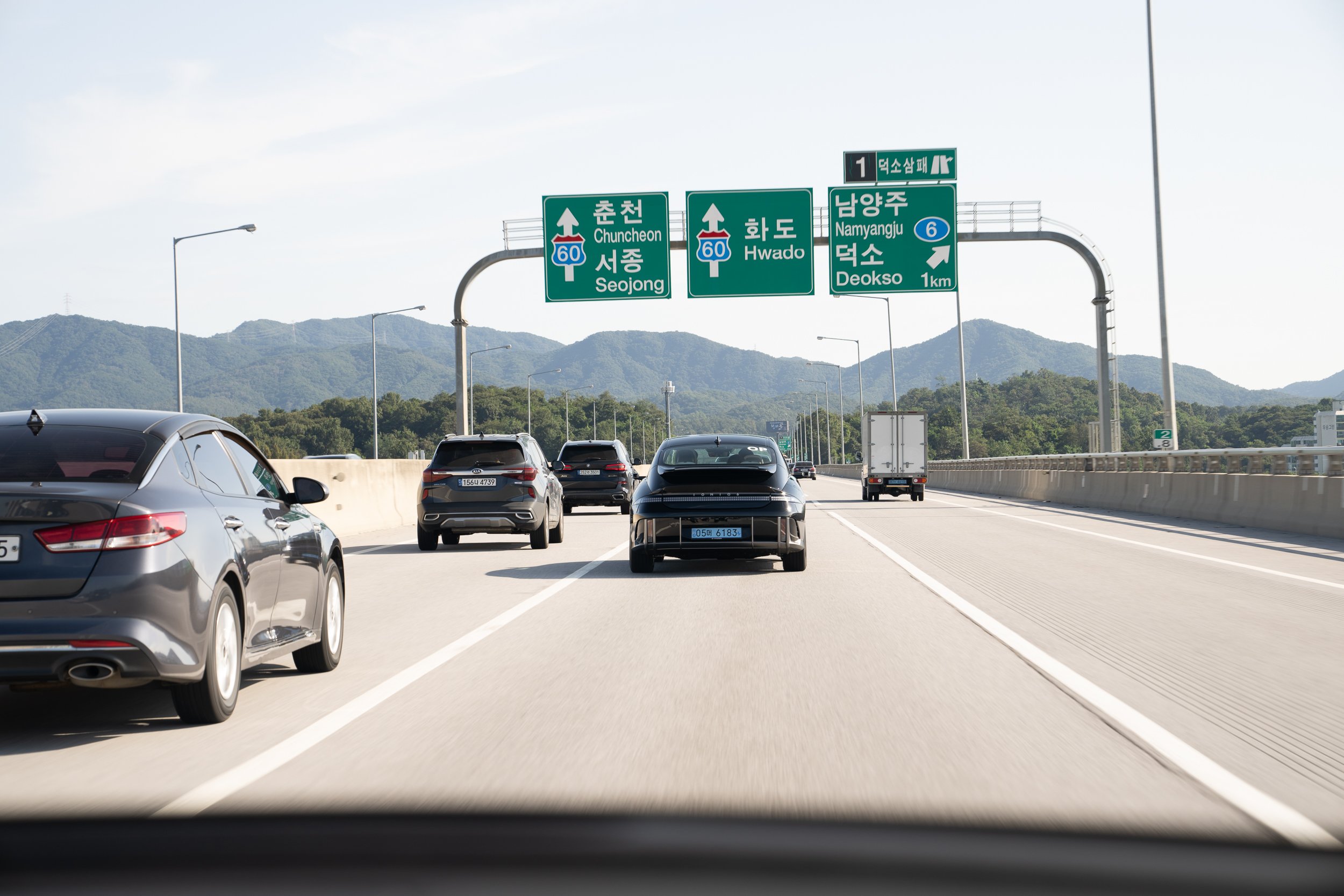
Ben Barry drives as far north as Kim Jon Un will allow.
Half of South Korea’s 52 million inhabitants live in the greater Seoul area, and most seem to be on the road if you try slipping away during the morning rush.
Escape the capital, though, and the other 50 per cent are dispersed over a nation three quarters the size of England, and a landscape frequently laced with fantastic driving roads and epic mountain scenery.
Today that’s exactly what I’m exploring, with a route that heads north until I’m forced to turn back by the border that’s divided North and South Korea since 1953.
I collect an all-electric Hyundai Ioniq 6 from the Lotte World Tower, at 123 floors and 1,823ft the tallest building in the country, then grind down Seoul’s wide urban freeways through the morning rush. Finally I get up to speed as Highway 60 leaves Seoul’s eastern city limits.
The Ioniq is in its element here. Partly it’s the cushy suspension and absence of an internal combustion engine, but it’s also the Ioniq’s wind-cheating shape which was inspired by ‘streamliner’ cars of the 1930s such as the Stout Scarab, one-off Phantom Corsair and later Saab, designs themselves influenced by earlier leaps in aeroplane aerodynamics.
Traffic thins dramatically as I climb into the hillsides, the highway cutting through long tunnels like thread through fabric, before I head north near Chuncheon.

I stop for a lunch of sticky chicken and a bit too much pickle at the Lee Sang Won Museum in Chuncheon-si, an apparently circular building that showcases the work of the eponymous Korean artist. Perched on the hillside, it looks like it’ll roll away if you lean on it (I don’t, just in case). The modernist tranquility makes quite a contrast to the scene just a few miles away, where labourers crouch among crops or shade themselves from 24-degree heat in ramshackle shelters.
I push on north, into the mountainous territory that made the Korean War so challenging in the early ’50s – and makes driving here so enjoyable today with a mix of tight coils and high-speed sweepers. The Ioniq 6 fares surprisingly well, flowing deftly with the road and energetically powering out of tighter corners thanks to the instant whump of its 321bhp all-electric performance. I get quite the shift on.
Hints that the conflict continues to be unresolved edge into my journey. A sign at a beauty spot commemorates Korean soldiers beating back the Chinese Communist Army in June 1951 at Mount Daeseongsan. Heavy artillery fire from military drills rings out in the distance.
In border-town Cheorwon, the locals are disarmingly open and generous with help decoding Hangul, the Korean alphabet, but a little further on concrete cubes are stacked either side of the road, ready to be detonated with explosives to block the road should the North invade.
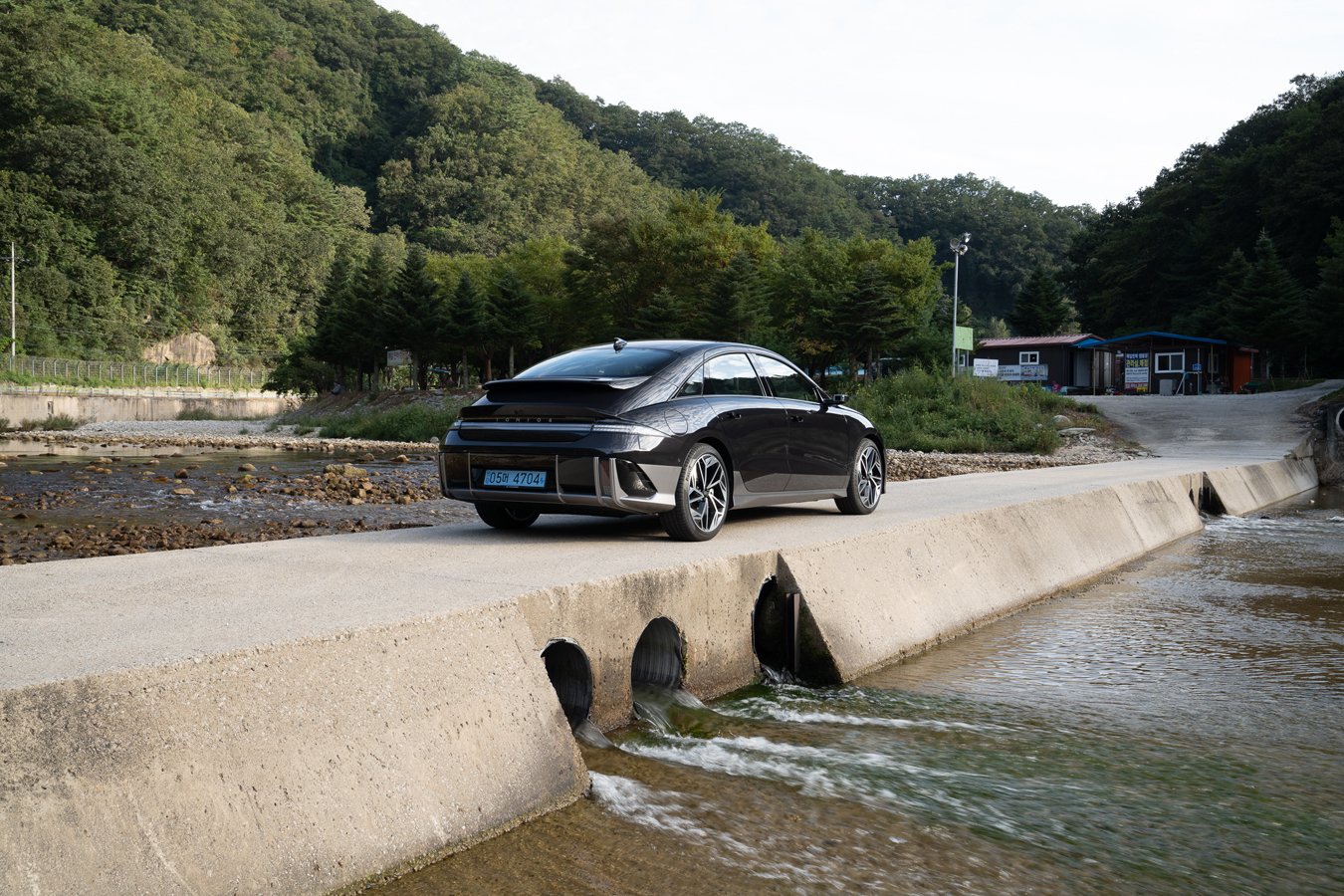
Soon after, a series of yellow-and-black barricades force us to slow down until a couple of bemused armed soldiers approach and politely ask us to turn around. The Demilitarised Zone (or DMZ) lies a little beyond, a 2.5-mile strip of wilderness that loosely traces the 38th parallel and splits the Korean Peninsula in two. Last year, US serviceman Travis King made a surprise dash north from the joint security area somewhere in the middle.
That’s a detour too far for Detour. So as dusk falls and the sun burns red, I jump back on the highway, heading south to a capital that sparkles from blackness like a primary schooler’s glitter-glue painting.
This has not been a typical road trip, but then that’s all the more reason to explore this incredible country.
Words Ben Barry Twitter/X | Instagram
Photography Alex Tapley
ROADBOOK
CLASS: BREAK FOR THE BORDER
NAME: Seoul to the DMZ
ROUTE: Seoul to Cheorwon
COUNTRY: South Korea
Distance: 60 Miles
You’ll find a different kind of white Christmas on a drive around this namesake outpost where sandy beaches replace snow.
One of the highest navigable routes in the world, the Ruta de Las Lagunas is an off-road adventure with many risks, but just as many rewards.
South Africa’s Karoo offers open roads, big skies and plenty of 19th Century charm – but where exactly does it start and finish?
With a Bentley Continental GTC at Detour’s disposal we explore the works of Brunel and Banksy, taking the longer way between London and Bristol.
It’s hard to believe that the Tara Canyon’s wild landscape of deep gorges, glacial lakes and a Mordor-like moorland is even in europe.
The Atacama desert is where Detourism meets astrotourism on a drive around the astronomical triangle.
Go to Granada for the city’s historic streets, stay for the fabulous food, and leave to explore the amazing roads of the Sierra Nevada region and Gorafe desert beyond.
If you’re brave enough to undertake some car-based ghost hunting this All Hallows Eve then there’s no shortage of haunted roads to discover across England.
Ross Robbins took his tiny Elan on a massive journey of discovery, to reach the furthest points in the contiguous Continental United States.
The Pan-American highway is much more than just a bridge between continents, it’s one of the last great driving adventures.
Take a drive around Monterey and Salinas to discover stories of Steinbeck and contemporary car culture.
A drive right through the heart of Australia should be on every Detourist’s bucket list.
From the green green grass of the valleys to the highest peaks this tour of the Llŷn Peninsula is a day detour to savour.
Follow the greatest car chase ever captured on camera on the Bullitt route through San Francisco.
The cars in the Porsche Museum are not just for show. They’re very much for go as well, as Nik Berg discovers on a dream drive through the German countryside.
Head out of Barcelona and away from the beach to explore one of Europe’s most dramatic mountains – and the fab roads around it.
Ben Barry drives 500 miles to one of France’s most scenic cities – in one of Britain’s craziest cars.
This Highland fling takes in the majesty of the Cairngorms, traces the Old Military Road and ends with a dram or two.
Salvadori and Shelby set course for Le Mans in 1959, Rory FH Smith follows their road to victory.
It’s but four miles between two of Sydney’s legendary landmarks but you can make it a full day’s drive with the right Detours.
A Mazda MX-5 may be an unlikely desert explorer, but Nik Berg proves that you don’t need all-wheel-drive for a Moroccan adventure.
Jamie Hearne travels America’s most famous coast road with a little musical inspiration.
The run to the ski resort at Val d’Isere takes you over the Alps’ Highest Pass. Driving up might just be more fun than skiing down.
Kerala's famous Gap Road has recently had a makeover, so naturally Detour decided to head out to see what the fuss was about.
Taking on the three highest mountains on the UK mainland is almost as challenging a drive as it is a hike.
Scotland’s mountains and lochs dwarf those to the south, its beaches rival the best in the world, and the roads that weave between them are among the most spectacular on the planet.







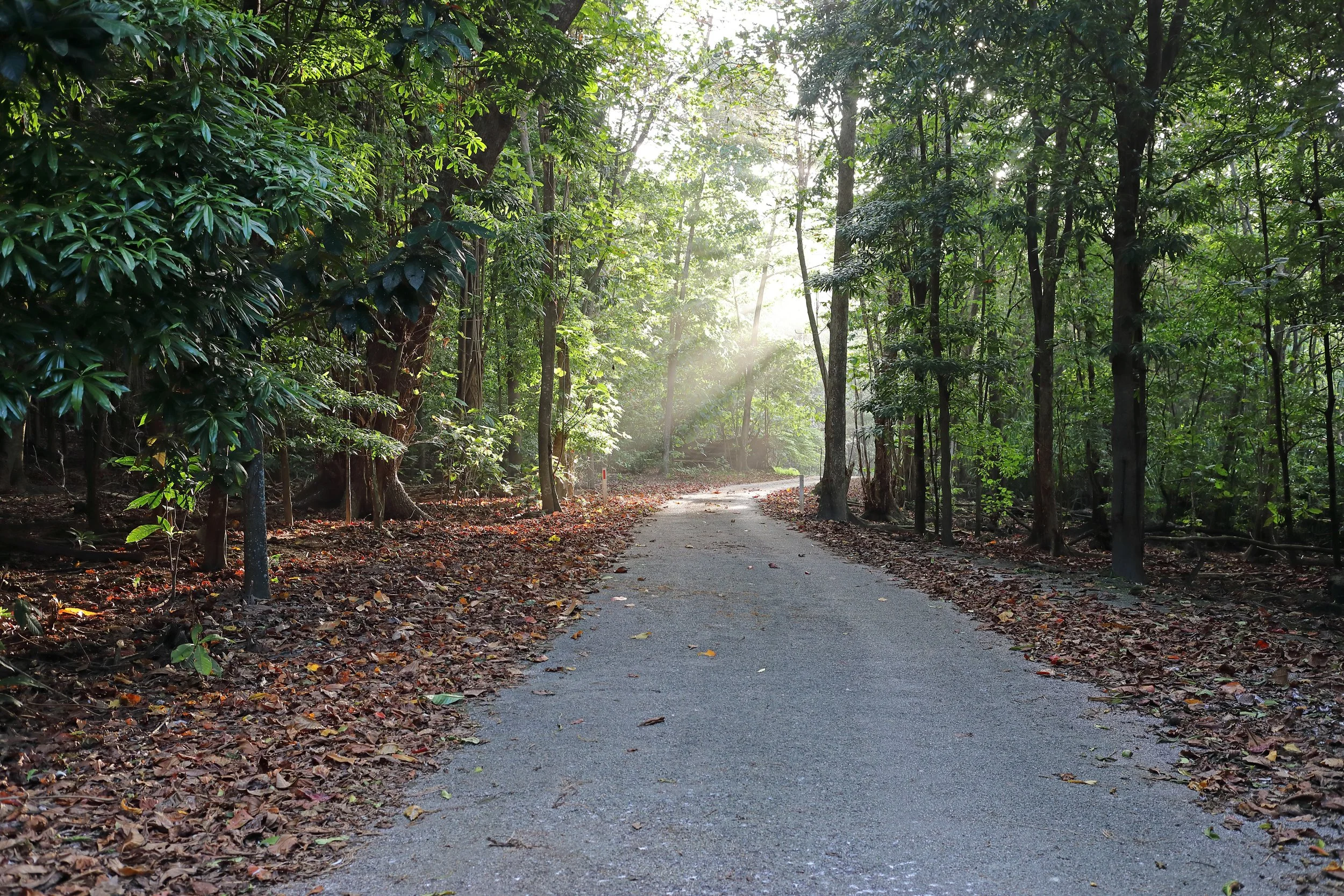



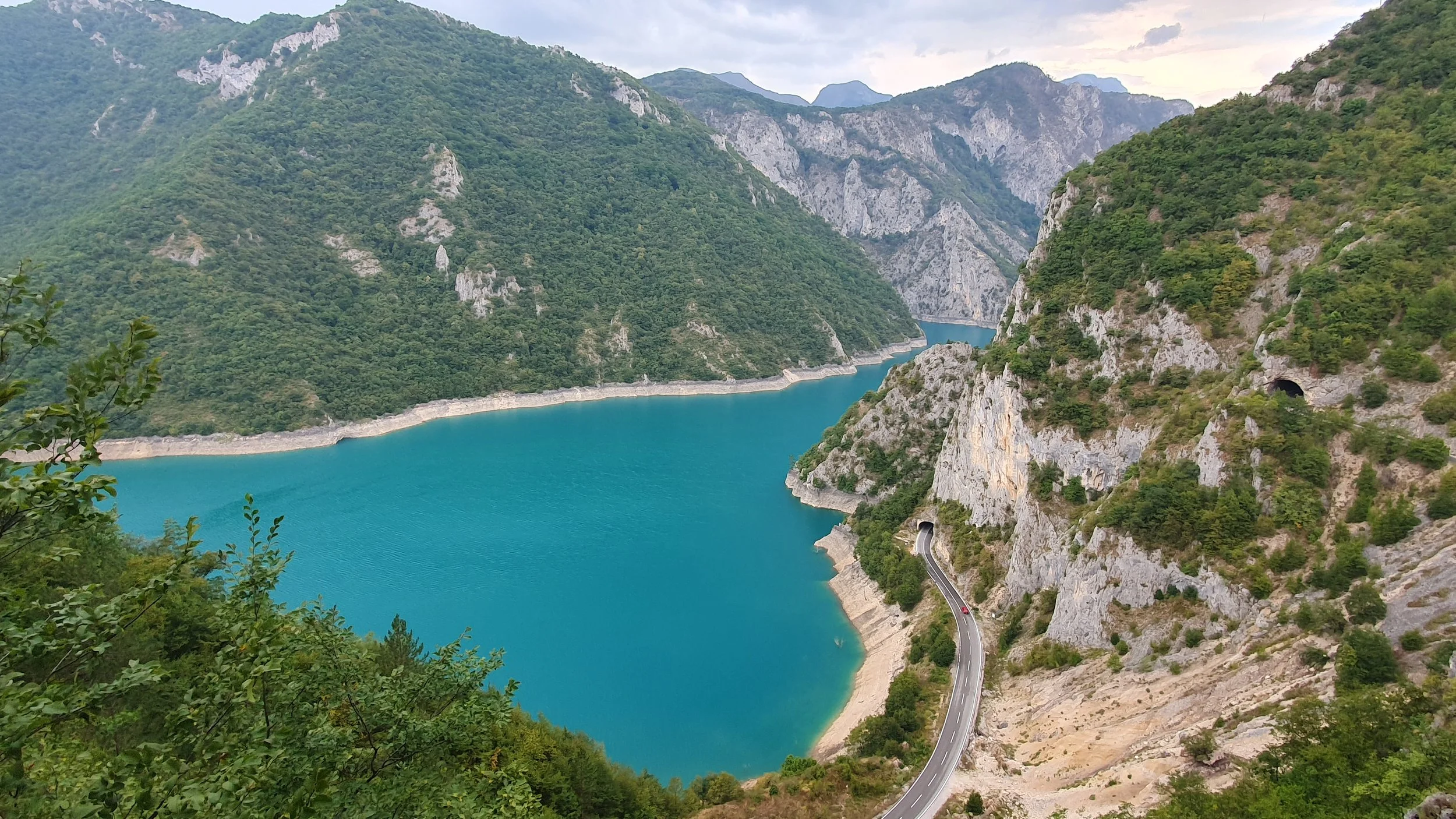
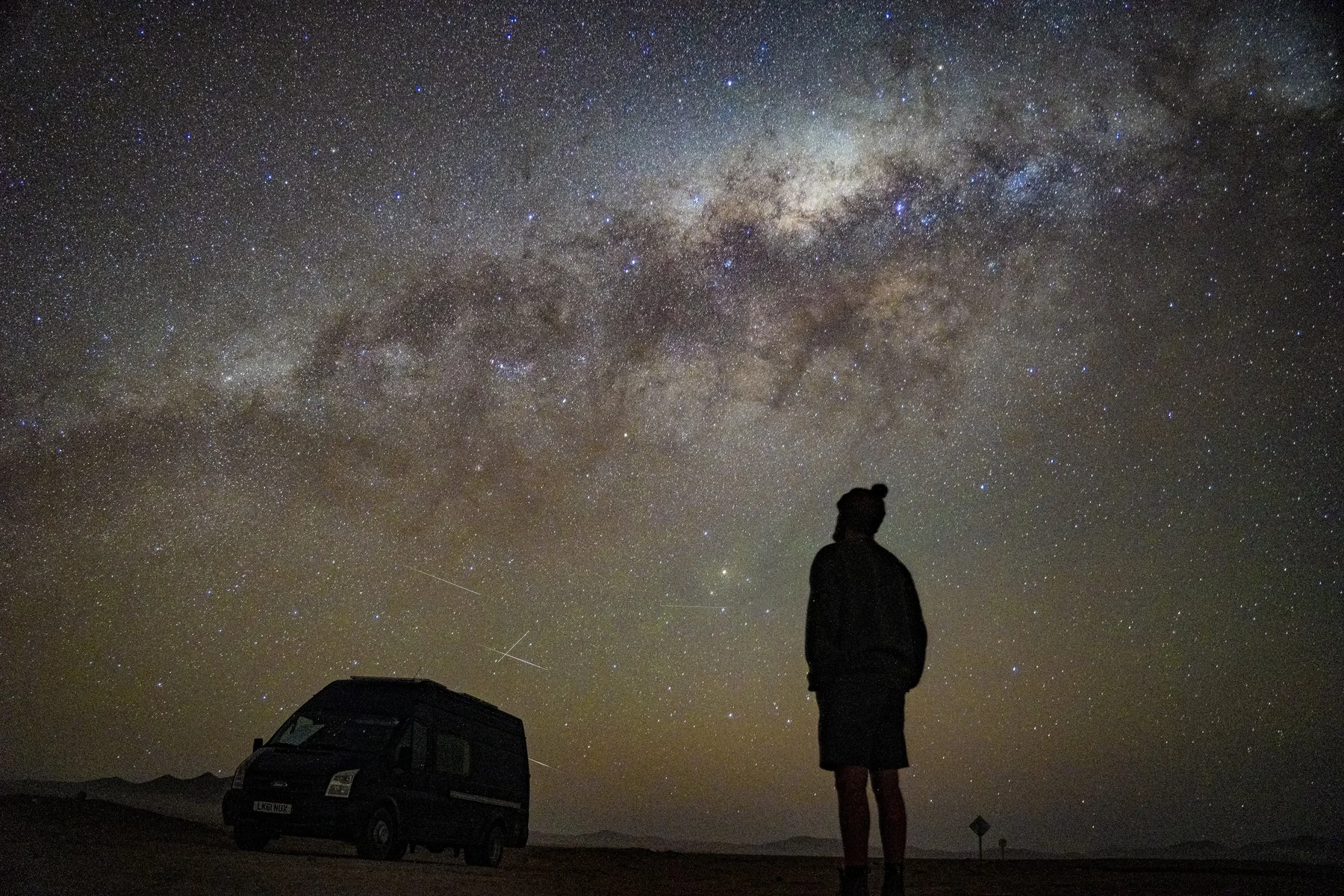

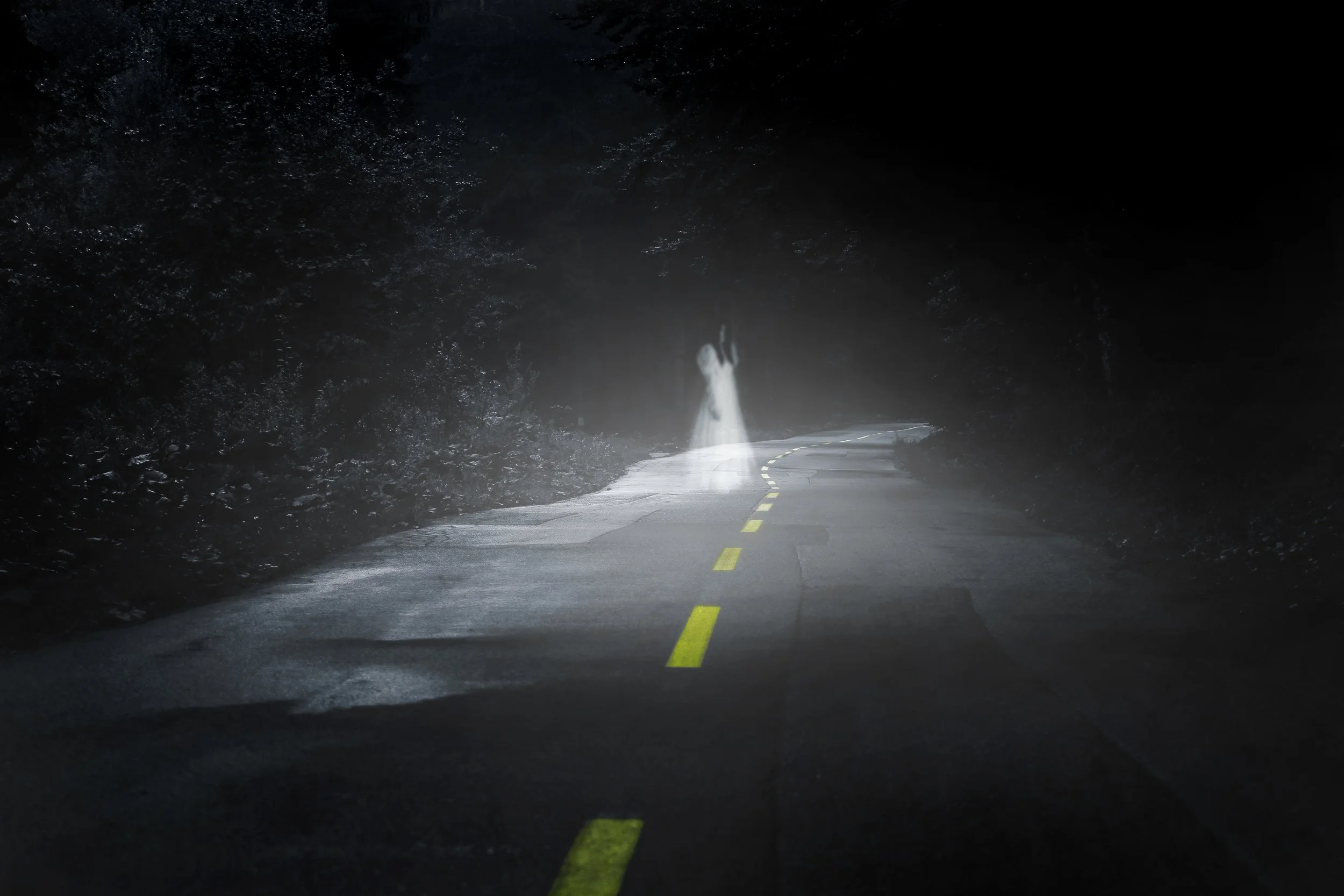



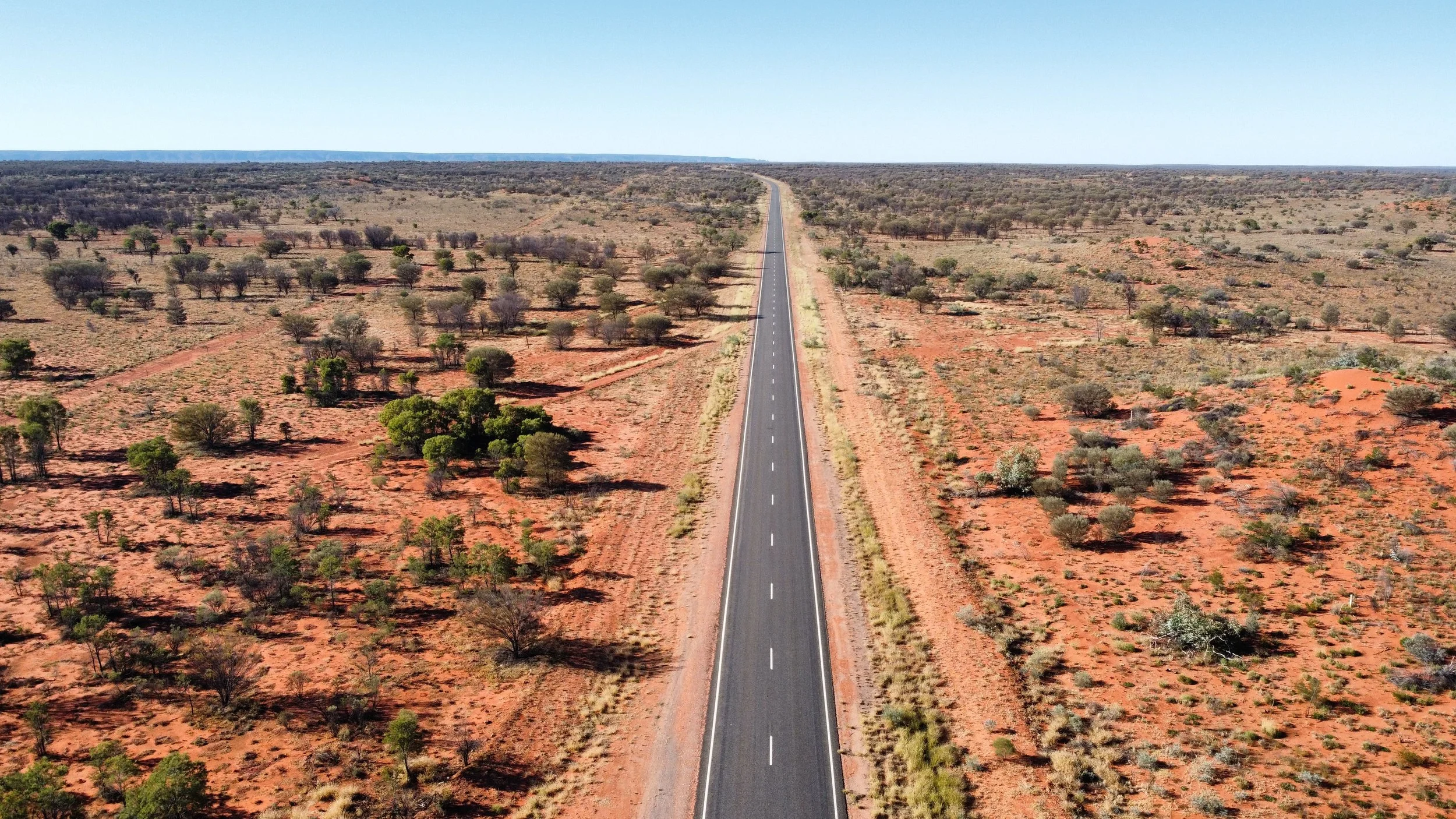

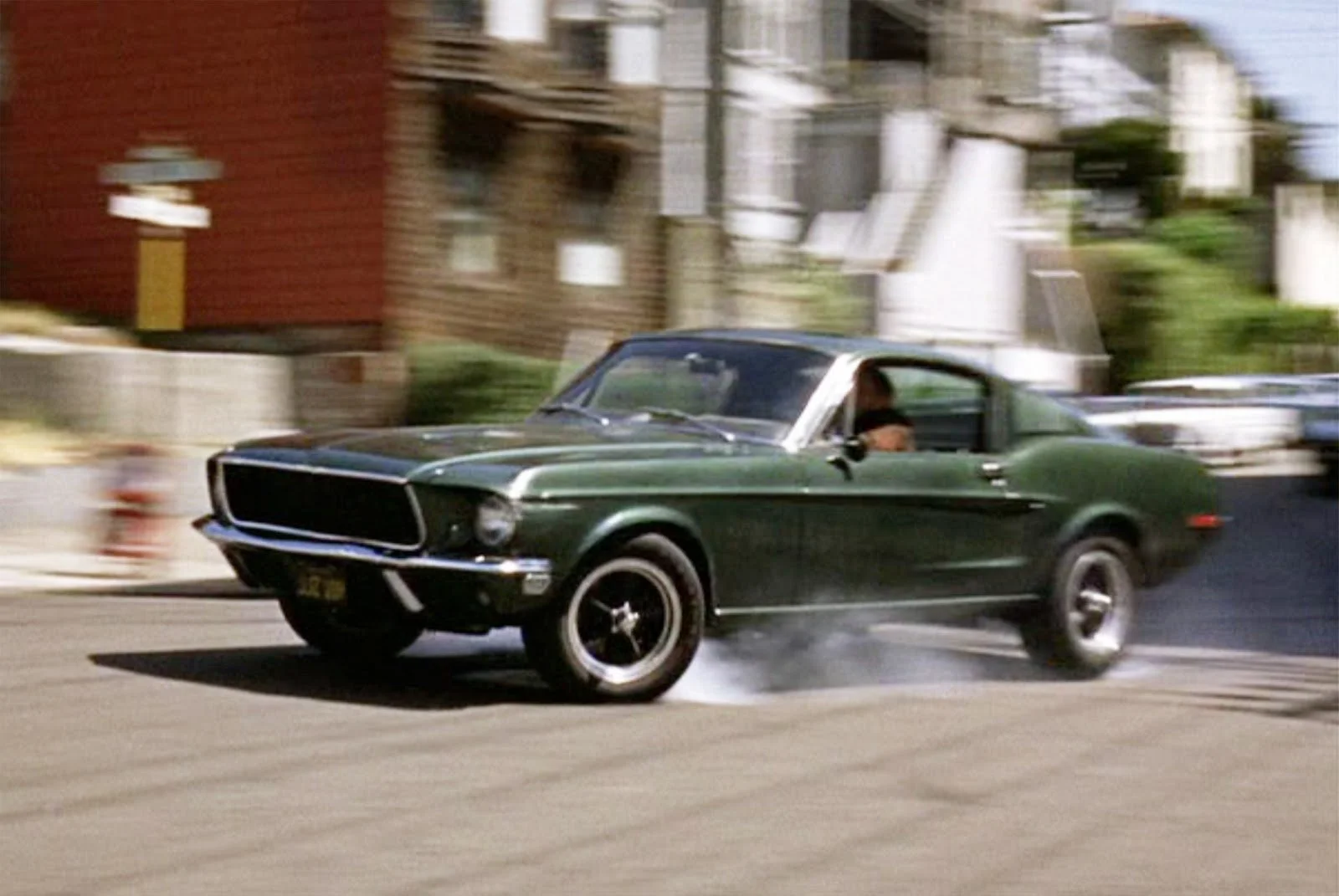

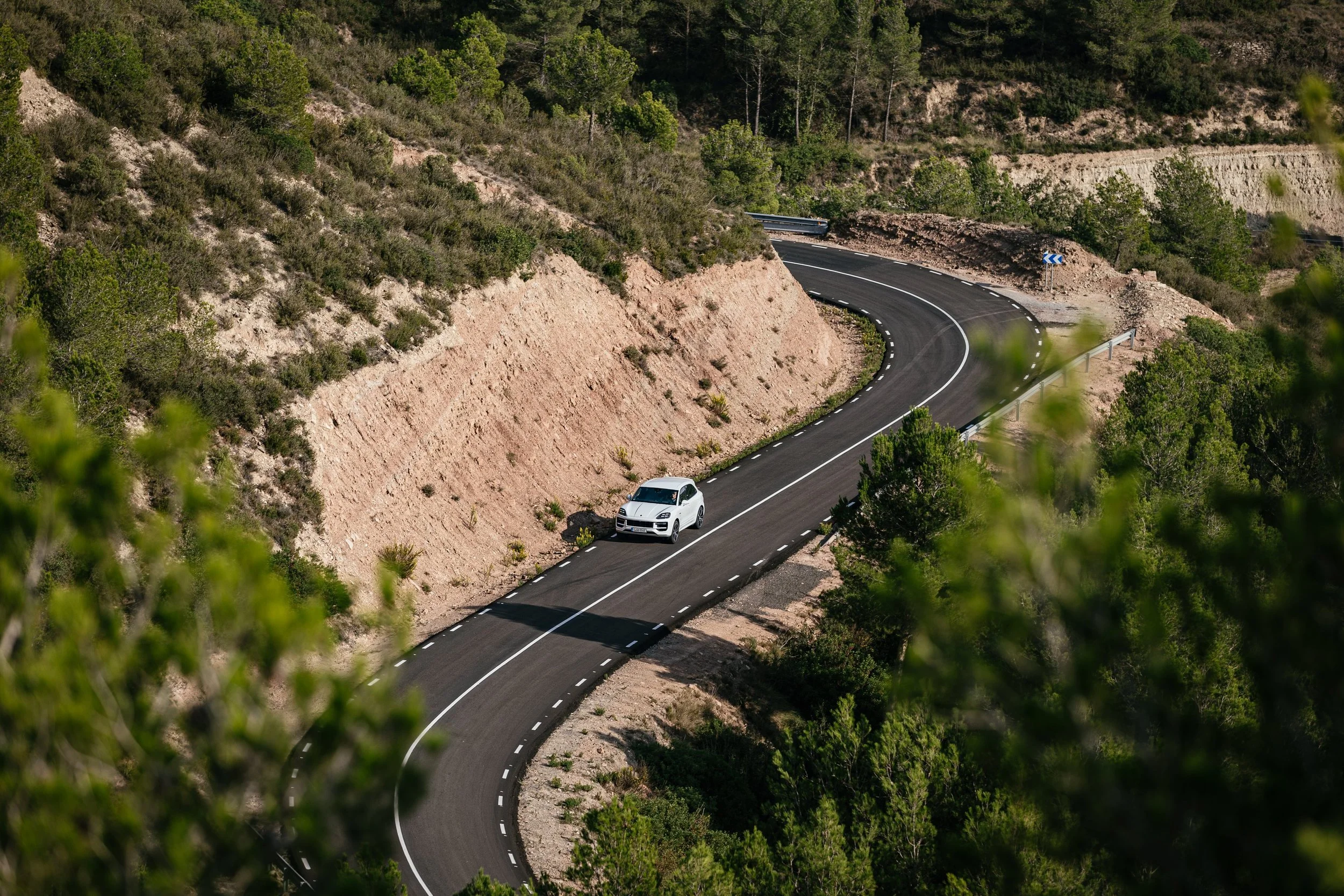



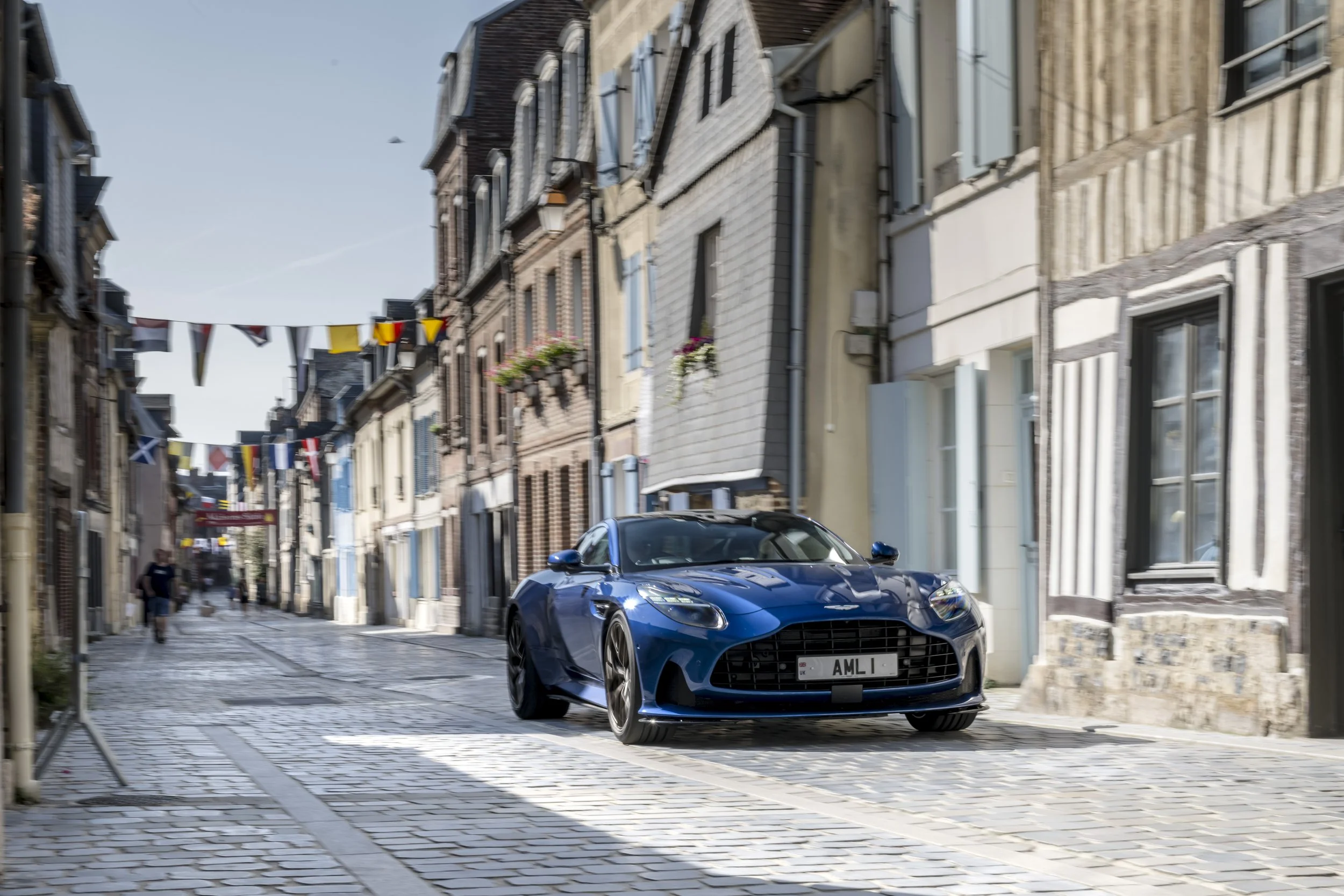
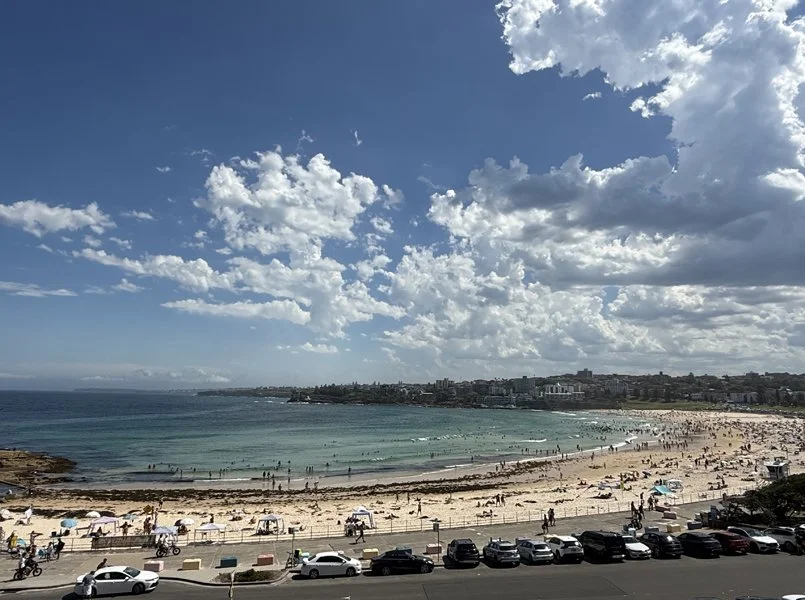

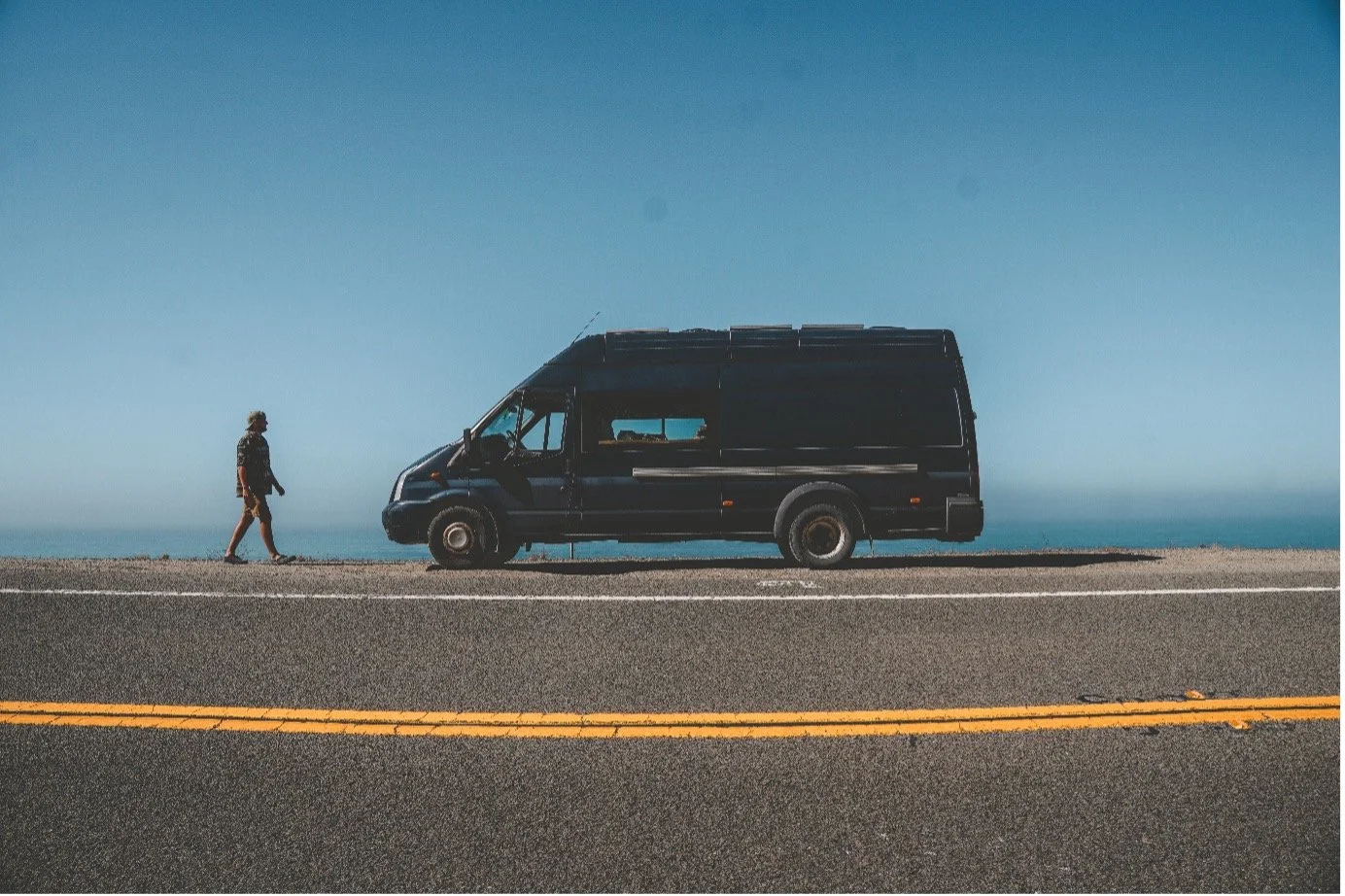
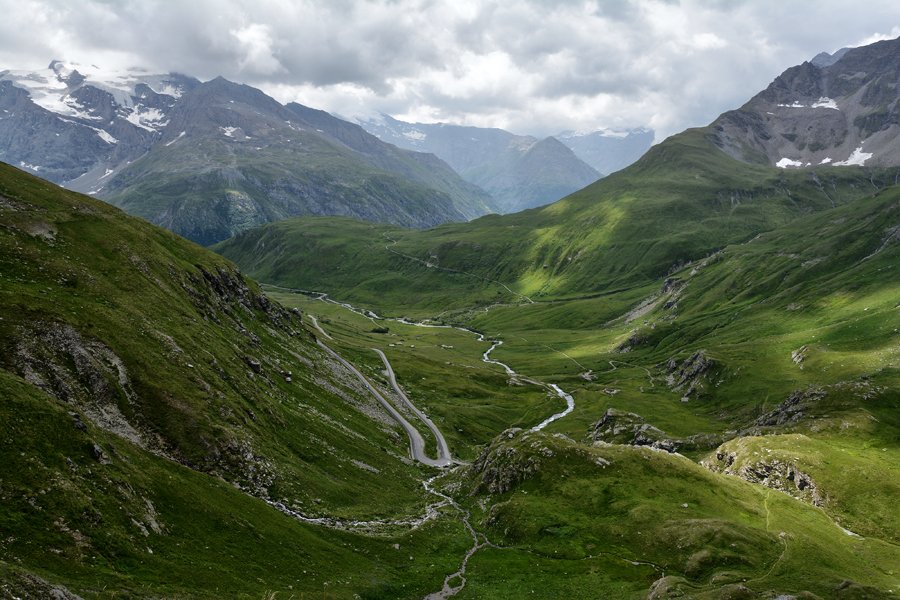





It’s the end of the road for 2025 and a chance to reflect on the best road trips of the year.